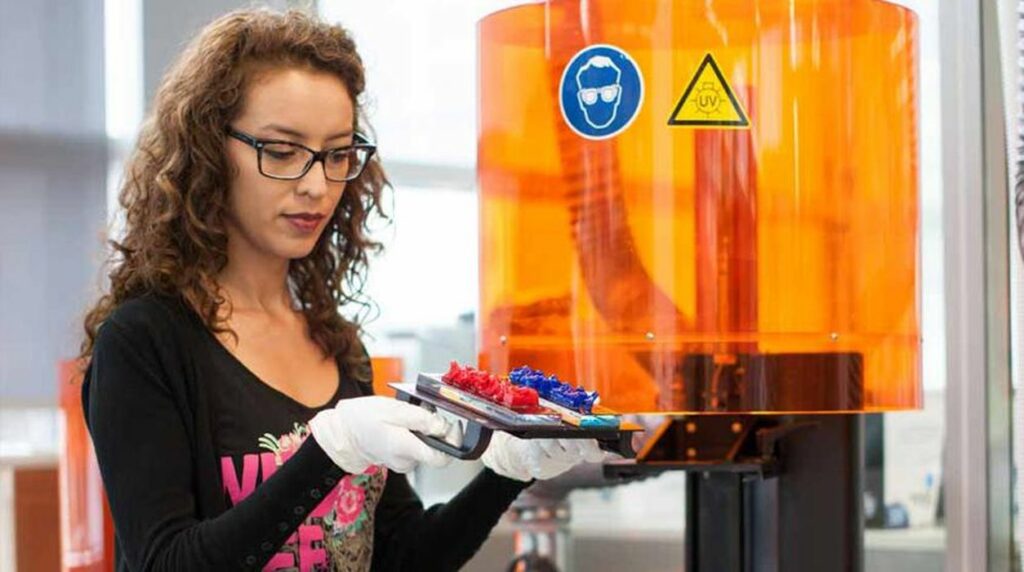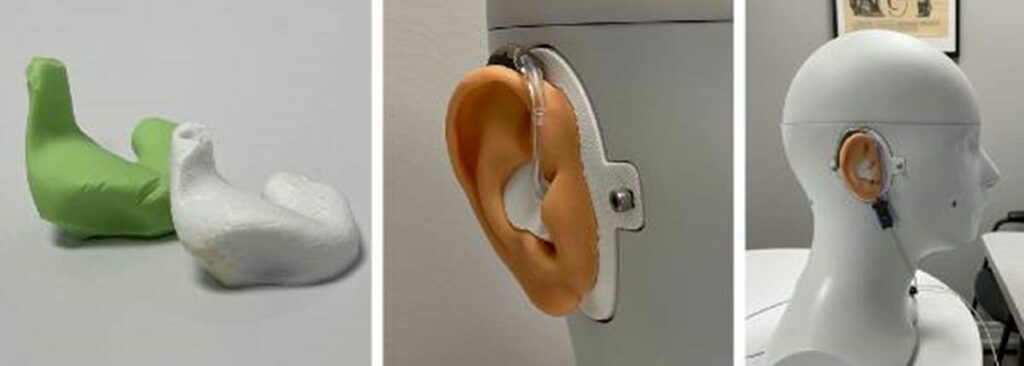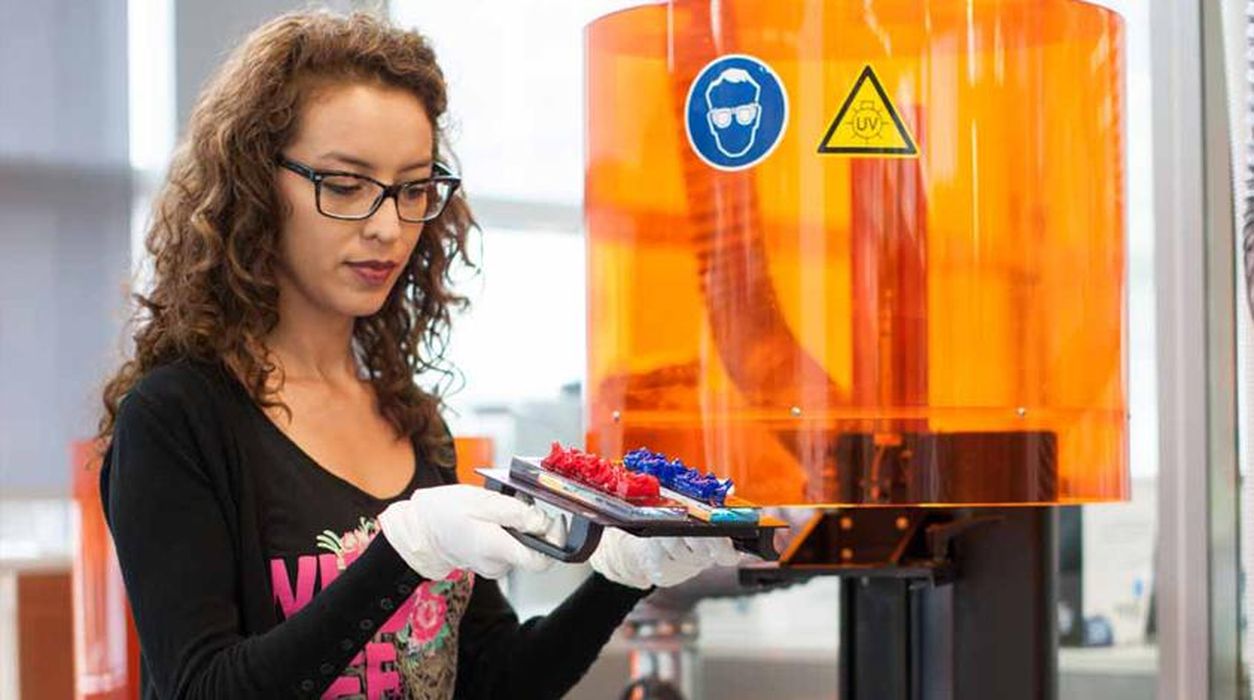
Charles R. Goulding and Preeti Sulibhavi look at the potential for use of 3D printing to produce hearing aids on demand.
Currently the top five hearing aid manufacturers control over 90 percent of the market and only one in five people who could benefit from hearing aids use one. The August 2022 FDA ruling that will allow adults with mild to moderate hearing problems to buy hearing aids over the counter without a prescription, may change that. The new FDA ruling only applies to certain air-conduction hearing aids. Children and those with severe hearing impairments will still need a prescription.
When hearing aids become available for purchase over the counter, consumers need to know how to effectively purchase one that works for them. An August 23rd, 2022, Wall Street Journal article detailed how to compare and shop for over-the-counter hearing aids.
Some of the key things to consider, aside from cost, include battery life, Bluetooth connection and app pairing, and customer support. Nobody wants their hearing aid to require extensive charging time. Many updated hearing aid models include Bluetooth connectivity and app pairing control of the device, which should be considered when purchasing a hearing aid. This allows the user to use their hearing aid for both hearing and receiving calls, etc. The app pairing enables users to adjust their hearing aid settings via their phone, however, many users of hearing aids are senior citizens who may or may not be using a smartphone.

There are ways 3D printing can play a part in how consumers select their over-the-counter hearing aids. We covered Biden’s executive order to improve hearing aid availability as well as how 3D printing, specifically bioprinting, can help people receive new ears.
But, with the new FDA ruling, there will be a myriad of options for users to select from and 3D printing can help support consumers to choose wisely. Hearing aids are highly specialized and uniquely shaped devices that, if customized can be both hidden and comfortable for the user. 3D printing allows for flexibility with materials used and components can be designed with complex geometries and 3D printed for finer results. Not to mention at a reduced cost.
The Research & Development Tax Credit
The now permanent Research and Development (R&D) Tax Credit is available for companies developing new or improved products, processes and/or software.
3D printing can help boost a company’s R&D Tax Credits. Wages for technical employees creating, testing and revising 3D printed prototypes can be included as a percentage of eligible time spent for the R&D Tax Credit. Similarly, when used as a method of improving a process, time spent integrating 3D printing hardware and software counts as an eligible activity. Lastly, when used for modeling and preproduction, the costs of filaments consumed during the development process may also be recovered.
Whether it is used for creating and testing prototypes or for final production, 3D printing is a great indicator that R&D Credit eligible activities are taking place. Companies implementing this technology at any point should consider taking advantage of R&D Tax Credits.
The Buck Stops “Hear”
Senior citizens, many of whom could use hearing aids but did not consider them due to price and appearance (not wanting to let others know they need one by wearing a bulky hearing aid, often a prohibitive factor), can now rest assured they can afford their high-quality hearing aid now. 3D printing can help in making hearing aids more accessible and of higher quality.

